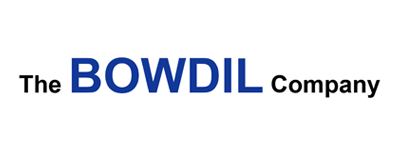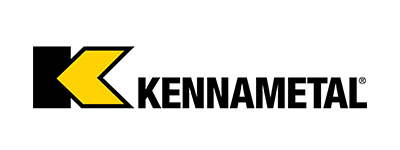BIT BLOCK INSPECTION
When it comes to potash processing, the stakes are always high. Apart from being quite costly, the equipment needed to outfit a potash processing facility is a non-negotiable and vital component for ensuring the continued daily operation—and ultimate success—of the facility itself, not to mention the actual product.
Outfitting a state-of-the-art potash facility with the proper, quality equipment is no small investment, so you want to protect it by extending the life of that equipment for as long as possible (while still operating at maximum efficiency). You also want to avoid the detrimental—and expensive—ramifications from any downtime resulting from equipment malfunctions or repair needs that may arise. For these reasons and more, regular potash equipment maintenance is a necessity.
In this article, we are focusing on mining machines’ cutting assembly. Since Bit Service has decades of experience being a main supplier, designer, and repair facility for cutting assembly tooling for the potash industry’s boring machines, you can take advantage of our experience and expertise.
We have a few crucial areas to look for, particularly on the bit blocks and holders— especially during periodic inspections—which will maximize the service life and repairability of your mining machines’ cutting assembly. Here are some top tips you should look out for so that your operations stay on track and functioning at their highest potential.
KEEP AN EYE OUT FOR EXCESS WEAR IN THE BIT BORE
Eventually, the bit bore will begin to experience wear and increased clearance. This could pose problems if left unattended, and for that reason, it should be monitored during bit changes, with any needed maintenance scheduled the moment that the bit is not securely held when installed. We cannot stress the importance of this step enough.
BE WARY OF WEAR PATTERNS ON THE BLOCK
During bit changes, inspect the bit block for external wear as well. In most cases, we are not concerned about external wear affecting block strength at this stage, but this is more of an indicator of block location and cutting efficiency. Depending on the location in the cutting assembly, there are typical patterns we would expect to see. Any unusual wear or erosion out of that norm are clear indicators of improper field positioning, cutting operation issues, or cutting bit effectiveness—all of which need to be addressed immediately to keep everything running smoothly.
CHECK FOR CRACKING OR DAMAGE IN THE BLOCK
During each bit change, each block should be given a visual inspection. Look for any cracking and external damage that may impact its service life and the safety of the cutting assembly. Should you see any warning signs, such as noticeable cracks or damage to the mounting, they should be addressed immediately.
Still looking for further guidance on how to properly maintain your equipment? Check out our article on how to optimize and maximize the life of a tooling block. As always, we are here for you should you have any concerns. Reach out to us today with any questions, or if you want to explore how we can best serve your specific needs.







